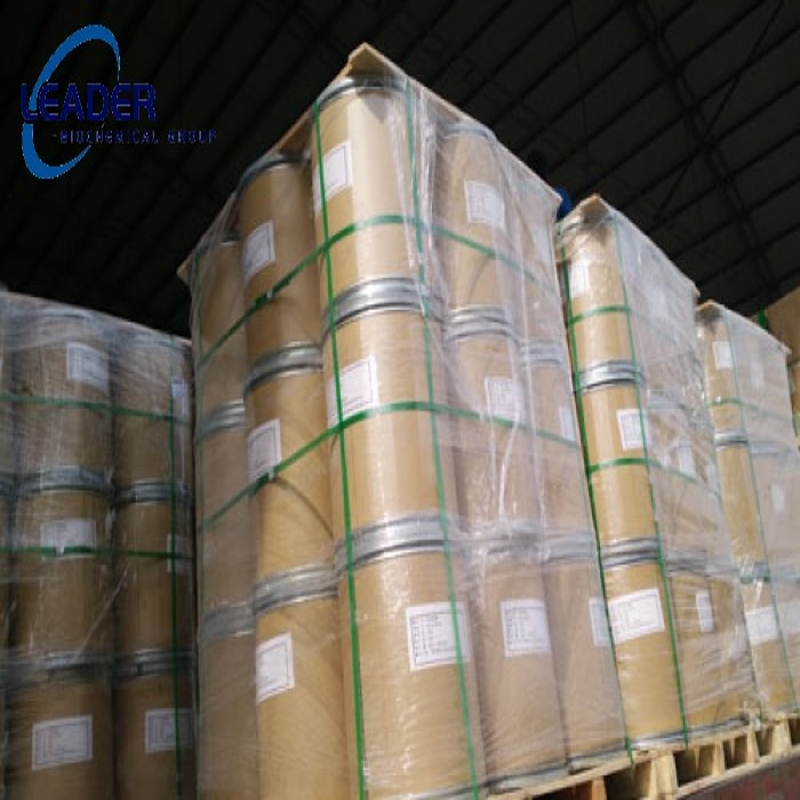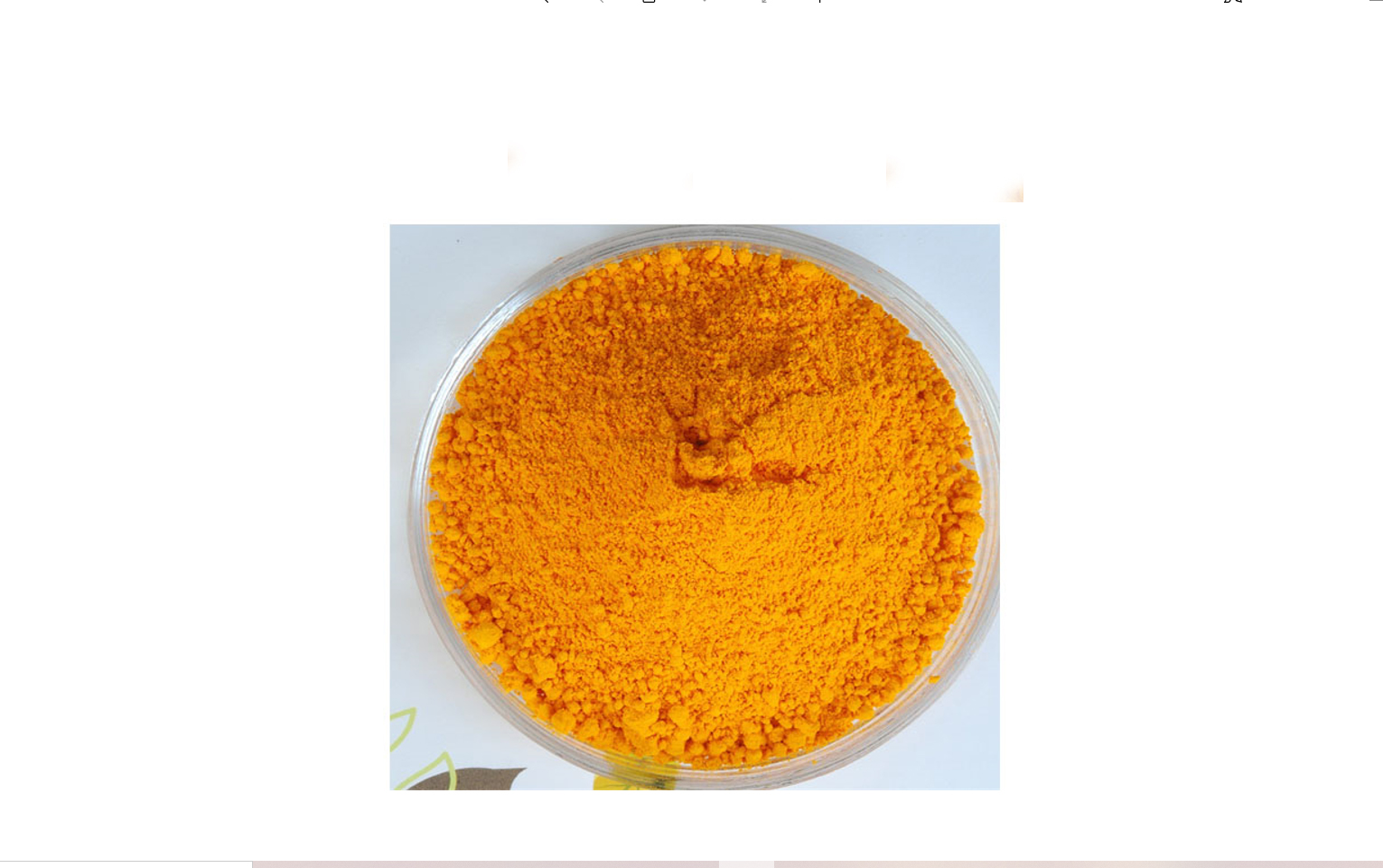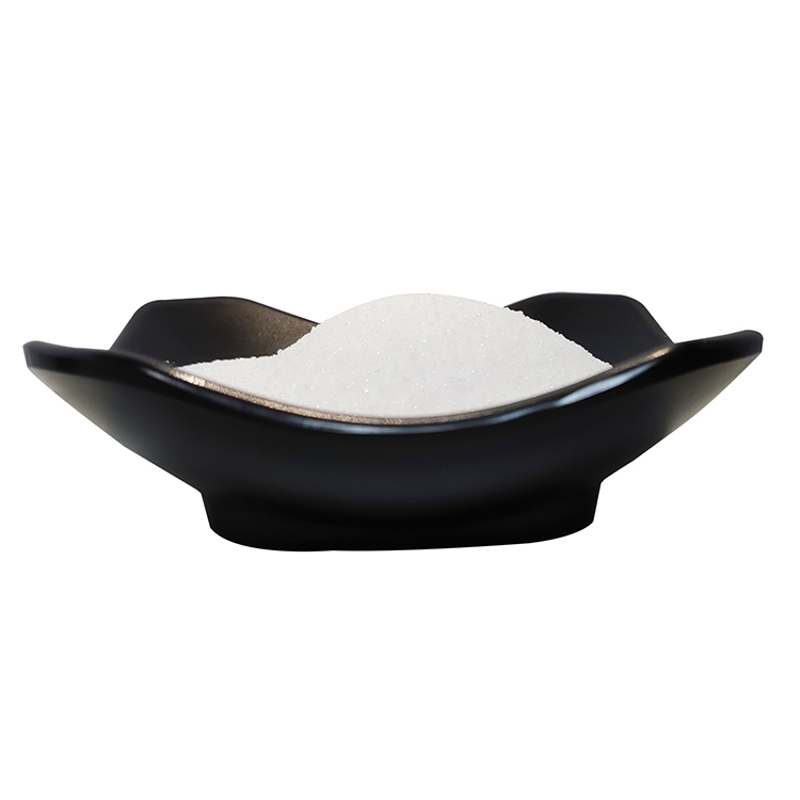A seminar on the Salt Reduction Guide for China's Food Industry was held.
-
Last Update: 2020-10-21
-
Source: Internet
-
Author: User
Search more information of high quality chemicals, good prices and reliable suppliers, visit
www.echemi.com
Seinthing a healthy nation China first put forward the food industry salt reduction strategy
A few days ago, General Secretary Xi Jinping pointed out that to achieve the "two hundred years" goal, we must adhere to the people-centered development ideas, economic development, health to go up, to vigorously develop the cause of health, to be a healthy nation. Food industry is an important part of the health cause, people's sense of access, happiness, security are inseparable from the nutritional health of food.
18, the Chinese Academy of Nutrition and the Nutrition and Health Institute of the Chinese Center for Disease Control and Prevention jointly held a seminar on the Guidelines for Salt Reduction in China's Food Industry in Beijing. Wang Yide, Honorary Chairman of the Chinese Academy of Nutrition and a member of the Chinese Academy of Engineering, attended the meeting and spoke to the leaders of the Food Department of the National Health and Health Commission, the China Center for Disease Control and Prevention, the Food Supervision Department of the State Administration of Market Supervision, the Consumer Product Industry Department of the Ministry of Industry and Information Technology, and the Rural Center of the Ministry of Science and Technology. The meeting was chaired by Ding Gangqiang, vice president of the Chinese Nutrition Society and director of the Nutrition and Health Institute of the China Center for Disease Control and Prevention, And a welcoming speech from Liang Xiaofeng, deputy director of the China Center for Disease Control and Prevention. The meeting was held to further implement the action requirements of the National Nutrition Plan (2017-2030) issued by the State Council and to achieve the 2030 salt reduction target, with nearly 100 experts, business representatives and media representatives participating in the seminar.
Deputy Director liang Xiaofeng of the China Center for Disease Control and Prevention, welcome speech
Honorary Chairman of the Chinese Academy of Nutrition, Professor Wang Yande of the Chinese Academy of Engineering
Liu Jinfeng, Director of the Food Safety Standards and Monitoring and Evaluation Department of the National Health Commission
Vice Director of the Food Safety Supervision Department of the State Administration of Market Supervision and Administration, Vice Director of the Department of Food Safety Supervision, Speech
Jia Jingtun, Director, China Rural Technology Development Center, Ministry of Science and Technology
Vice President of the Chinese Nutrition Society and Director of the Nutrition and Health Institute of the China Center for Disease Control and Prevention
Ding Gangqiang chaired the meeting
Nearly half of the world's countries have launched national salt reduction guidelines or actions
Who has been publishing and revising salt recommended intake standards since 2004, and has issued a series of reports and documents on salt reduction to promote collaboration among countries and achieve salt reduction targets.
the 57th World Health Assembly in 2004 to limit sodium (salt) consumption from all sources. The 2006 WHO technical report explores the relationship between sodium intake and health, possible salt reduction strategies and measures, the cost and effect of salt reduction in the population, and the factors that influence salt consumption. In 2007, WHO reduced the daily salt intake standard for adults from 6 grams to 5 grams, and in 2010 WHO emphasized the support of countries for salt reduction policies and the role of all sectors of society, and proposed targeted salt reduction strategies for different countries with sodium source types. In 2011, the WHO made "reducing salt intake and salt content in food" one of the best interventions for noncommunicable diseases. In September 2011, the High-level Meeting of the United Nations General Assembly on the Prevention and Control of Noncommunicable Diseases proposed salt reduction as an important part of the prevention and control of noncommunicable diseases and to promote consensus among Governments. In January 2013, who issued dietary sodium and potassium intake guidelines, re-emphasizing that people who overeat or underemploy sodium increase the risk of high blood pressure and increase the risk of cardiovascular disease. In 2013, the World Health Assembly agreed on nine voluntary global targets for the prevention and control of noncommunicable diseases, including a relative 30 per cent reduction in salt intake by 2025. The Global Plan of Action for the Prevention and Control of Noncommunicable Diseases 2013-2020 provides guidance and policy programmes to Member States, WHO and other United Nations agencies on how to achieve the Goals.
more than half of the world's countries have so far launched national salt reduction guidelines or actions and developed their own industrial salt reduction guidelines. Most countries have adopted a series of salt reduction measures in processed foods, food labelling, publicity, etc., of which countries such as the United Kingdom, Finland, Australia and Japan have begun to bear fruit.
To carry forward the professional spirit, over a period of 3 years to study China's first proposed
salin reduction guidelines
in order to do a good job of the technical support of salt reduction for the whole population, in the former National Health and Family Planning Commission, china CDC project support, since 2014, china's Centers for Disease Control and Prevention nutrition and health undertaken and carried out the market pre-packaged food fat, sugar, salt and other core nutrients monitoring, analysis of food classification and sodium content distribution. The Chinese Academy of Nutrition and the Nutrition and Health Institute of the Chinese Center for Disease Control and Prevention set up a working group on salt reduction guidelines, and began a number of research and research work, such as food packaging labeling survey, consumer survey, technical research on salt reduction in packaged foods, discussion of salt reduction measures and experience in various countries, and investigation and discussion of the classification of enterprise salt reduction technology.
Wang Zhu
, Director of the Food Nutrition Evaluation Office of the Center for Nutrition and Health of the China Center for Disease Control and Prevention, introduced the salt reduction strategies of various countries
The Salt Reduction Guidelines Working Group began in 2016 to study the drafting of the China Food Industry Salt Reduction Guidelines, and on the basis of collecting the guidelines for salt reduction in the multi-country food industry, the first draft consulted enterprises and received discussion and guidance from various fields of experts. Through a series of processes, such as consultation with managers and policy makers, opinions and consensus were widely solicited.
The Guide to Salt Reduction in China's Food Industry, which combines the salt reduction measures of various countries and the experience of the industry in salt reduction, puts forward the basic principles, objectives, technical procedures and research needs of China's food industry by category, and is an operational technical implementation guide. This guide recommends that food enterprises, as practitioners of salt reduction, should gradually implement and focus on breakthroughs to gradually achieve the goal of reducing the average sodium content of processed foods by 20% by 2030. Food enterprises can refer to the average and distribution of sodium content of similar foods, through improving the process, taste regulation and other technologies to reduce the amount of sodium salt, to achieve the industry as a whole to reduce the amount of salt.
In order to implement the National Nutrition Plan, the national per capita salt intake will be reduced by 20% by 2030
the China Food Industry Salt Reduction Guidelines have seven chapters, including objectives and meaning, background and process, salt in food and monitoring results The relationship between salt/sodium and health, salt reduction strategies and actions at home and abroad, salt reduction strategies and measures in China's food industry, and technical data, etc., mainly put forward technical guidance recommendations, routes and measures for salt reduction in food processing, and put forward various food phased salt reduction targets according to food classification and technology.
In accordance with the principle of step-by-step leading, based on the current status of the distribution of sodium content in all types of food products surveyed in 2016, we will achieve the salt reduction target in stages, and strive to continue to move down 20% by 2030 on the average distribution of sodium content in all types of processed foods.
To achieve a healthy China, the nutrition of the food industry is the cornerstone
the food industry bears the responsibility of providing safe and secure, nutritious and healthy food for 1.3 billion people in China, and is the pillar industry of the national economy and the basic industry of safeguarding people's livelihood. At present, China's economy has entered the new normal, supply-side structural reform is in a critical period, and the construction of a well-off society is in the decisive stage. "Innovation, coordination, green, open, shared" development concept, food industry development and transformation and upgrading, is the key to meet the urban and rural residents safe, nutritious, convenient and healthy food consumption needs.
Question and Answer Session
Media Questions
China has one of the highest salt intakes in the world, and despite years of publicity and education on salt reduction among residents, the distribution of salt spoons and the implementation of salt reduction pilots, the per capita salt intake is still as high as 10.5 g/day. With the rapid development of the food industry, more and more processed food into people's lives, the source of salt from home cooking salt to processed food transfer, whether from the total food sales, coverage or from the national intake survey, you can see from the prepackaged food salt (sodium) proportion of increasing.
The General Office of the State Council issued the National Nutrition Plan (2017-2030), which states that "by 2030, we will achieve the goal of reducing the daily salt intake of the whole country by 20%." "The nutritional health of the food industry is the cornerstone of healthy China, and salt reduction for all begins with the food industry. In addition to the actual contribution of salt/sodium intake, there is no substitute for the nutritional orientation and dietary culture orientation role of the food industry, whether it is products, labels, advertising, the impact of which largely affects the national diet culture, behavior and health. The "China Food Industry Salt Reduction Guide" will play an important role in technical and strategic health guidance to increase people's sense of access and well-being.
Thrational support can promote the sustainability and success of salt reduction initiatives
the Salt Reduction Guide Working Group,
While the active participation and practice of the food industry is the key to the success or failure of salt reduction efforts, substantive progress can only be achieved through the collaboration and multi-party support of the whole society. Government-led and multi-ministerial support, involving the food industry, the scientific and technological community, community organizations and community families, to create a good social environment can contribute to the sustainability and success of salt reduction initiatives.
food into thousands of households, access to everyone, is a good body nutrition and health information dissemination carrier. The organizers called on the food industry and all parties to take active action to jointly promote the orderly development of salt reduction actions, create an advanced food culture environment for all, and contribute to the improvement of the health of the whole nation.
.
This article is an English version of an article which is originally in the Chinese language on echemi.com and is provided for information purposes only.
This website makes no representation or warranty of any kind, either expressed or implied, as to the accuracy, completeness ownership or reliability of
the article or any translations thereof. If you have any concerns or complaints relating to the article, please send an email, providing a detailed
description of the concern or complaint, to
service@echemi.com. A staff member will contact you within 5 working days. Once verified, infringing content
will be removed immediately.







